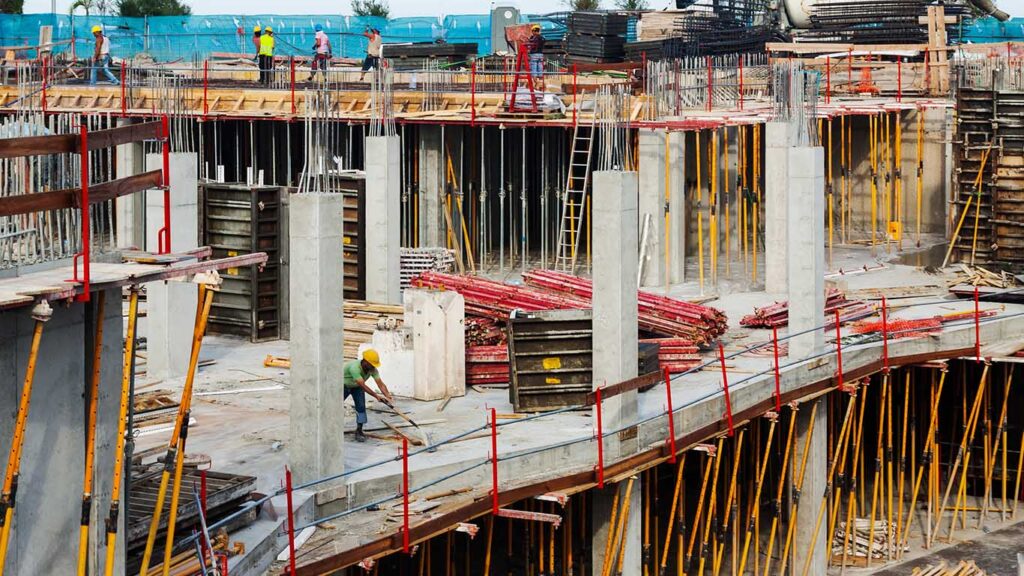The future of sustainable construction innovation is one of the key axes of transformation in the global construction industry; a combination of advanced technology, smart materials, green design and bio-centric thinking that moves towards building a more livable future for humanity.
In the following, we examine the future outlook of this field in several important axes:
The future of sustainable construction innovations
- Bio-based & Smart Materials
Self-healing concrete: bacteria that repair cracks in concrete.
Engineered wood (CLT): light, durable and with a low carbon footprint.
Biodegradable materials: such as mushroom bricks, natural insulation from cotton, hemp and linen.
Smart glass: automatic adjustment of light and temperature.
🔹 The future: combining materials with sensors and nanotechnology to control humidity, heat, earthquakes and even air purification.
- Net Zero Energy Buildings
Buildings that produce as much energy as they consume throughout the year.
Use of solar panels, small wind turbines, and energy storage devices (home batteries).
Smart energy control with artificial intelligence.
🔹 Future: Positive Energy Districts that sell their excess energy to the grid.
- ۳D Printing & Digital Fabrication
۳D printing of structures with green materials such as recycled concrete or compacted soil.
Use of robots to build skeletons and interior walls.
🔹 Future: Fast, cheap, energy-efficient, and recyclable construction in urban areas and even deprived areas or natural disasters.
- Artificial Intelligence and the Internet of Things (AI + IoT) in construction and operation
Real-time monitoring of energy consumption, humidity, ventilation, and structural health with sensors.
Advanced project management with artificial intelligence (resource management, scheduling, waste reduction).
🔹 Future: Buildings with “environmental awareness” that analyze user behavior and optimize environmental settings.
- Biophilic Design
Using natural light, plants, natural ventilation, and shapes inspired by nature.
Combining environmental psychology with architecture.
🔹 Future: Spaces that not only have low energy consumption, but also contribute to the mental health and productivity of residents.
- Recycling and circular economy (Circular Construction)
Designing buildings for easy disassembly, reuse of components, and waste reduction.
Using recycled and recyclable materials in all stages of construction.
🔹 Future: Structures with a high cycle life designed with the “build, use, recycle” mindset.
- Human and technology partnership in sustainable urban design
Developing smart and green cities based on sustainable infrastructure, clean transportation, and climate-friendly construction.
Using environmental data to adapt building design to local conditions.
🔹 Future: Innovative coexistence of humans, nature, and technology on an urban scale.
✳️ Conclusion:
The future of sustainable construction is a smart, livable, and creative future. Combining advanced science with conscious design, we are building homes, cities, and communities that respect not only people but also the earth.

